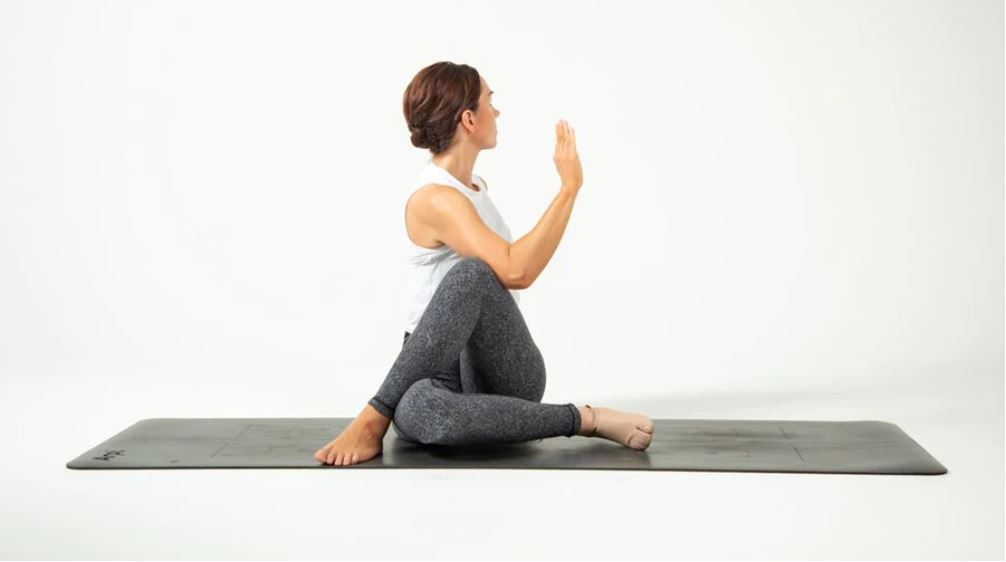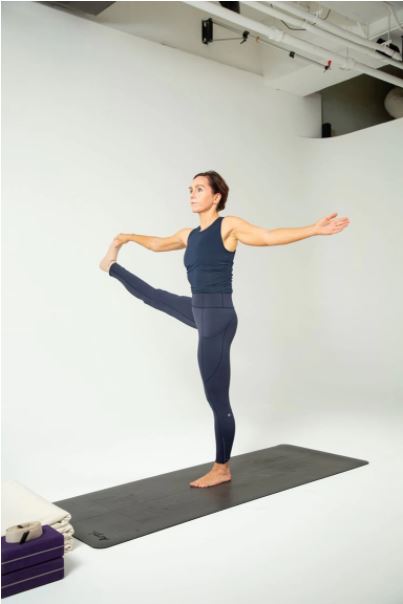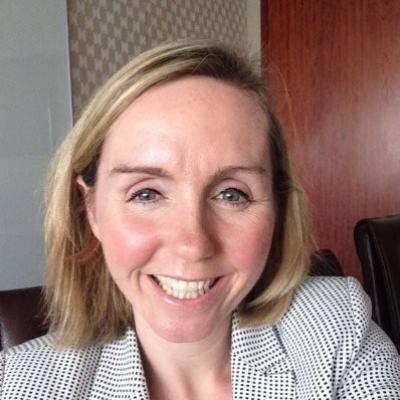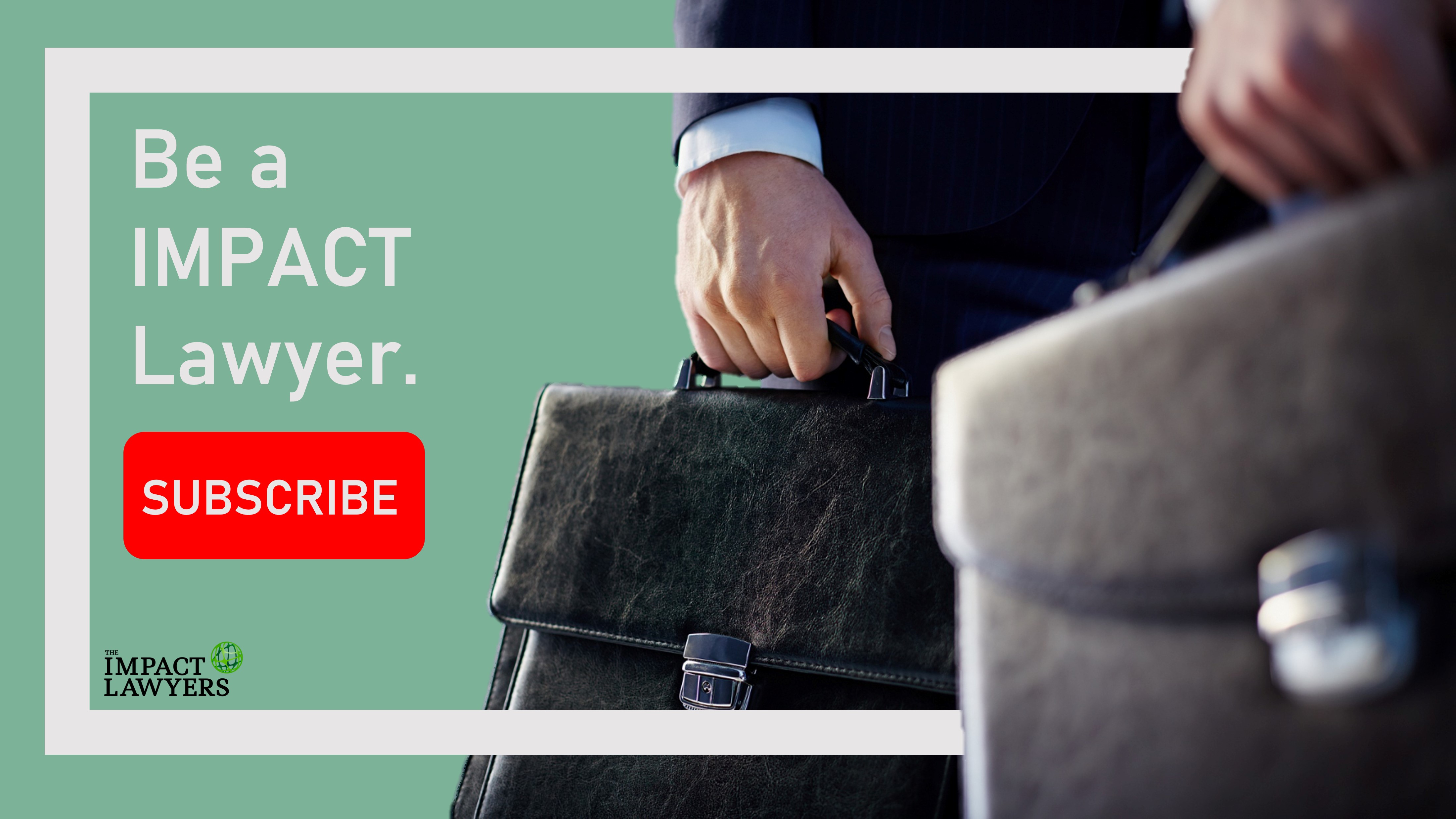Three ways that teaching yoga has helped me become a better lawyer
I am an associate general counsel in McKinsey’s Hong Kong office, managing litigation and investigations across Asia—and I’m also a part-time yoga teacher.

I’m currently in the middle of advanced yoga-teacher training, which is a 300-hour course split into three parts. At the end of my second course, the teacher added a little test. I got quite excited when I discovered this, because being a lawyer, I love tests!
So I’m sure you can imagine my disappointment when my teacher said the real test wasn’t whether I got 15 out of the 15 questions right, but that what mattered the most was whether we use this training to continue to learn and grow as students and teachers of yoga, to build on our skills to self-regulate, and to see ourselves and others with more clarity, empathy, and compassion.
After my disappointment that there would be no awards for getting full marks on the test, I realized this is precisely why yoga has had such a big influence on my life—and on my lawyering, too.
Here are a few of the ways this has happened.
I’m better at connecting with people
We can only be teachers if we have students. We can also only be lawyers if we have clients. The students will come if we know how to connect with them. It’s the same with clients. But real connection is so hard to do.
I passed my first yoga-teacher training with full marks. I knew the Sanskrit name for all the poses and my headstand was to die for. I really wanted to tell everybody everything I knew about every pose in every class I taught—and to tell them when they weren’t doing it right. I still do!
But as a yoga teacher, the feedback is immediate. With that method, I had no students! I knew all the poses—but I didn’t know how to connect with the people who came to my class.
It’s coming now, but it has been hard for me to get there—mostly because it meant I needed to get out of my head and let the badly executed “downward-facing dogs” go—which is not easy for a perfectionist. Instead, I had to learn to relax into my classes, have a bit of fun, go with the flow, and give people the safety, time, and space they needed for their own practice. In other words, to allow them to work things out for themselves; to see myself as a guide, rather than a drill sergeant!
In the past few years, this concept has affected my job as a lawyer, too. I’ve been practicing law long enough now that I generally know what I’m doing, and most of the time when I see an issue, I know what needs to happen. But like a lot of lawyers I am also a perfectionist at heart, and I get anxious when people legitimately question the advice that I am giving to them. I worry that my advice could be wrong, and that I could have missed something important without realizing it.
Before, I did not understand that this feeling was anxiety. Or how to manage it. I was also often so concerned about getting things technically right that I didn’t recognize how important it was to connect with my stakeholders as people in the process.
Surely if I did a really good job every time, like I was doing, that would be enough, right? People would know me and come back to me just for that… wouldn’t they?
All of this meant that, without realizing I was doing it, I would often react to questioning in what the other person may have believed could be a defensive or aggressive manner. This approach sometimes didn’t work so well!
So, I’ve been working at it. I’ve relaxed into the relationships I have at work and let myself have fun and go with the flow more. I manage my anxiety better, and in the process I do my best to really listen to my stakeholders and give them the time and space they need to come to their own conclusions about the matters we’re working on together. I’m just helping guide them—like I do for my yoga students.
I’ve noticed the change, and I’m really enjoying seeing how much more impact I can have at McKinsey and in the wider legal community as my connections with the people around me deepen.

I breathe
I mostly teach and practice vinyasa yoga, which means “one breath one movement.” The breath is the main focus of the practice, sometimes even more so than the details of the postures. There is good reason for this as it has been scientifically proven that breathing with consistent, even tempos can improve your health by keeping your nervous system in a parasympathetic, or “rest and restore,” state.
It’s true. No matter how my mind is at the beginning of a yoga practice, it’s always calmer after an hour of constantly reminding myself to breathe. I see everything more clearly and objectively and behave accordingly.
So now, when I start to feel anxious at work, I stop and force myself to breathe smoothly and evenly for a few minutes. That’s all it takes. Whatever comes out of me after that is always—100 percent of the time—infinitely calmer and more rational than it would have been otherwise.
I practice, and then I let go—well, I try!

Yoga is about finding the balance between practicing and letting go. Most people tend to err toward one or the other—they’re either type-A pushers or type-Z chillers. So one of the key skills in yoga is to notice which one of these you are, decide whether that’s the most beneficial state for you to be in on that particular day, and then do something different if you think you need to.
As you will probably have no problem working out, I’m the type-A pusher. I’m drawn to the most intense styles of asana practice like a toddler is to an iPad. As soon as I see something that looks crazy, impossible to do, and dangerous, I’m all in for it—sometimes to injury levels!
My challenge is in recognizing this tendency when it comes up and deliberately letting go of the need to push myself too hard. I work to hold myself back, let my body take its time to get to the poses, and accept that some may never come.
I have gained so much from practicing this. My mind relaxes because it’s not constantly striving for some slightly ridiculous and not-that-meaningful pose and ironically, when I start to do this, a lot of the poses do come to me naturally anyway.
I’ve been working on this in the law job, too. In that context, I’m learning to separate the most impactful aspects of my job that I should focus on from the things I don’t have control over.
Letting these aspects go is difficult. It’s just not in my DNA as a lawyer to let go of things if I don’t feel like they are going in what I perceive as the right direction.
But, again, just like with the yoga, over the past few years in my law job, I’ve really seen that the more I relax, the more beneficial it is to my practice. By doing this, I’ve been able to connect with my colleagues genuinely, I’ve had fun, done more meaningful work, and feel like I can really make an impact.
And isn’t that all anyone can want—as a lawyer, a yoga teacher, or anything else—for their efforts to have meaning?
---
Fiona teaches yoga at Pure Yoga in Hong Kong, and you can also find her on Instagram as @callanan.fiona
This article was originally published in McKinsey.
Related links
Main menu




